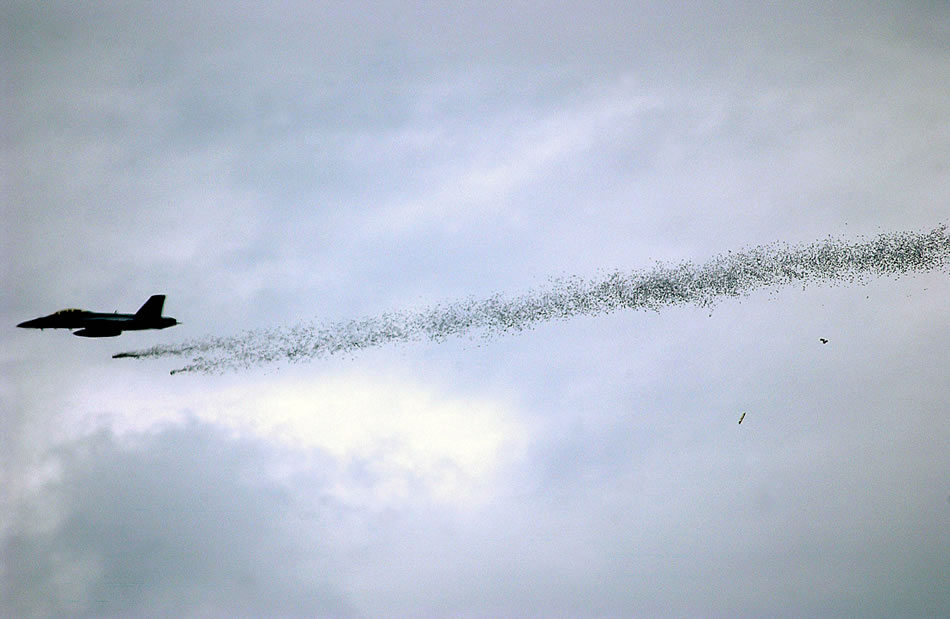I stumbled across this piece by the author James Opie.
Two basic streams of carpet designs can be identified in Afghanistan in the past several centuries. One is an urban design tradition of finely and precisely organized patterns, produced by professional carpet designers on the equivalent of graph paper. Given that weavings of this sort were produced in urban areas, this can be thought of as a “city†design tradition. Designs in such rugs are more formal, echoing Persian design influences.
Tribal designs represent a second and largely independent stream. Motives and patterns differ from tribe to tribe, depending very much on the traditions of the various groups and, to a lesser extent, on the inventiveness of the individual weavers. This second design stream of “tribal†rugs is the dominant one in Afghan weaving. An amalgam of the two streams can be found in certain workshop rugs that produced larger rugs with traditional tribal designs.





